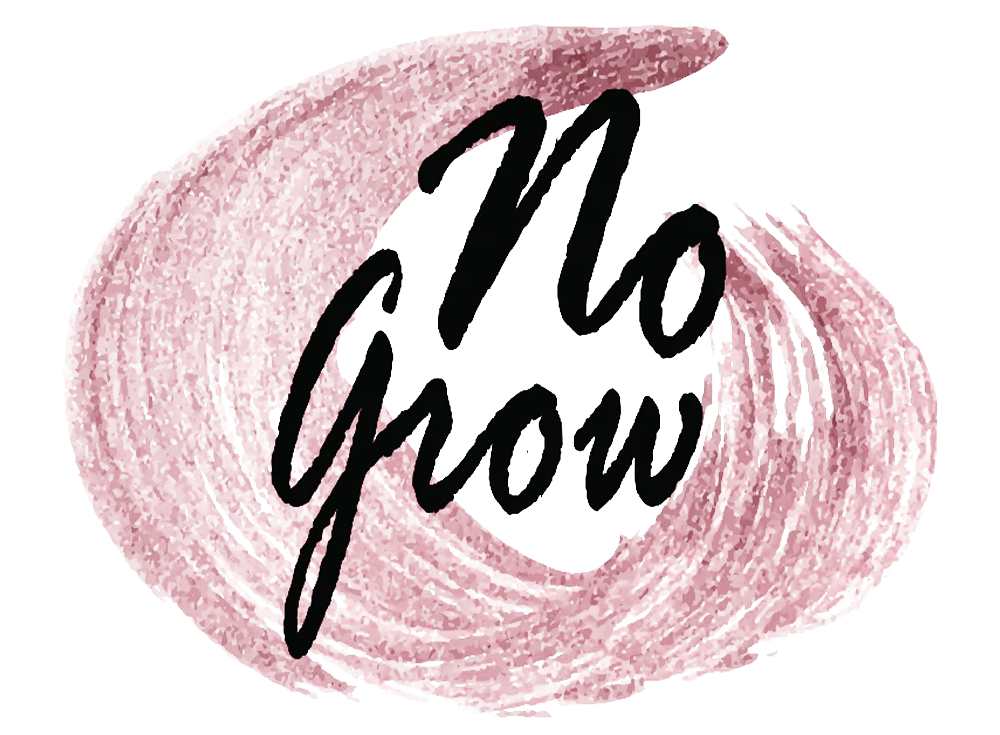
The Hair Growth Cycle Unveiled
Ever wondered why sometimes hair removal seems more effective than others? Or why certain hairs stubbornly grow back faster? The secret lies in understanding the hair growth cycle. Each strand of hair on your body goes through distinct phases, and knowing these phases is key to achieving optimal hair removal results. Let’s dive into the fascinating world of hair growth and discover how you can harness this knowledge for smoother, hair-free skin.

The Anagen Phase: The Growth Phase
The anagen phase is the active growth phase of hair. During this time, the hair root is deeply anchored in the follicle and receives a steady supply of nutrients, allowing it to grow continuously. The length of the anagen phase varies depending on the location of the hair. Scalp hair can remain in this phase for several years, while hair on other body parts, like the legs or underarms, has a shorter anagen phase.
Why is this important for hair removal? Hair removal techniques that target the hair root, like laser hair removal or No Grow, are most effective during the anagen phase. This is because the hair is actively growing and more susceptible to damage at the root level, leading to long-term reduction or even permanent removal.
The Catagen Phase: The Transitional Phase
Once the anagen phase ends, the hair enters the catagen phase, a short transitional period. During this phase, hair growth slows down, and the hair follicle begins to shrink. The hair detaches from the blood supply and starts to move upwards towards the skin’s surface.
Why is this important for hair removal? Hair removal during the catagen phase might not be as effective as during the anagen phase. The hair is no longer actively growing, and its connection to the root is weakened. However, some hair removal methods might still disrupt the follicle enough to delay regrowth.
The Telogen Phase: The Resting Phase
The telogen phase is the resting phase of the hair growth cycle. The hair is fully formed but no longer attached to the blood supply. It remains in the follicle until it is eventually shed naturally, or pushed out by new hair growing beneath it.
Why is this important for hair removal? Hair removal during the telogen phase is generally ineffective. The hair is already detached from the root, so removing it won’t impact future growth. This is why multiple hair removal sessions are often needed to target all hairs as they cycle through the different phases.
No Grow: Harnessing the Hair Growth Cycle
No Grow harnesses the power of the hair growth cycle to achieve remarkable results. By applying the product consistently over several weeks, you ensure that all hairs are targeted during their active growth phase (anagen). This leads to a significant reduction in hair regrowth over time, and with continued use, you can achieve permanent hair removal in the targeted area.

Timing is Key
To maximize the effectiveness of any hair removal method, it’s crucial to understand and work with your hair growth cycle. By timing your treatments during the anagen phase, you’ll achieve the best possible results and enjoy smoother, hair-free skin for longer.

No Comments